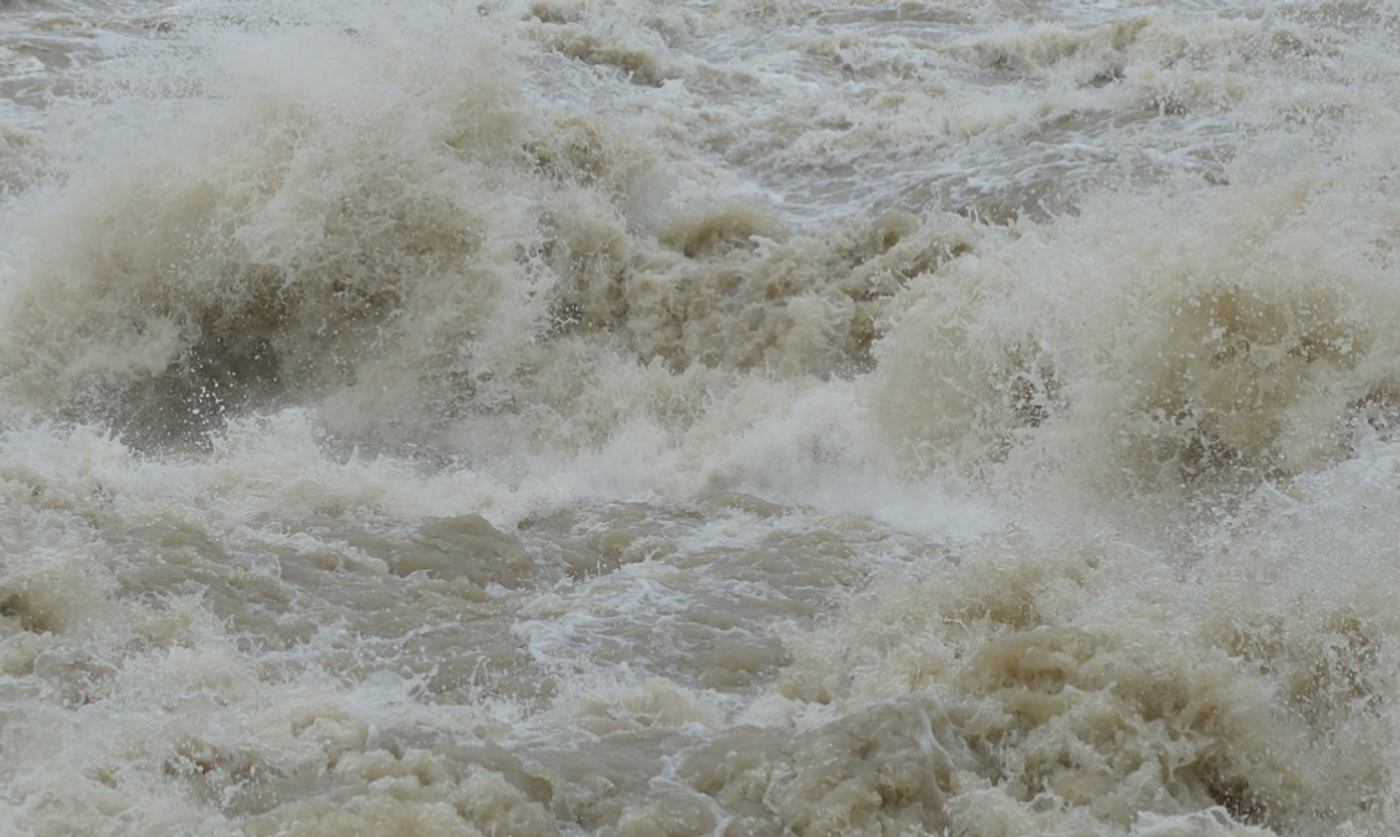Medicanes: What are These Rare but Deadly Storms?
Hurricanes tend to form over warm waters in the Atlantic or Pacific Ocean, while similar storms that originate over the western Pacific and northern Indian Ocean are called typhoons. Both are a type of tropical cyclone, which have high, circular winds around a center of low pressure. But other storms that are like these can form in other places too.
Medicanes, from a combination of Mediterranean and hurricane, are unusual storms that strike the Mediterranean Sea, often with deadly ferocity. Usually, the waters of the Mediterranean Sea are not warm enough to support the development of medicanes. But sometimes conditions come together and the storms develop.
Hurricanes tend to form over waters that are 80 degrees Fahrenheit (27 degrees Celsius) or more; they have a warm core and usually travel east to west. Medicanes can develop over waters that are only 57ºF (14ºC); they have a cold core and move west to east. Medicanes can start small, and gather heat and moisture from the Mediterranean Sea, which is thermodynamically converted into energy, just as in hurricanes. In some unusual cases, medicanes can become as powerful as a category 1 hurricane, with sustained winds of 74mph (119kph).
About one or two medicanes will form in an average year, according to the US National Oceanic and Atmospheric Administration. While medicanes are still considered rare storms, air and water temperatures are increasing around the world, including in the Mediterranean Sea. Now, medicanes are becoming more likely. Greece has experienced a few medicanes in recent years. The intensity of these storms was also recently demonstrated in Bulgaria, Greece, Turkey, and Libya to tragic effect.
Greek meteorologists named a recent storm Daniel, and it caused heavy rainfall and severe flooding in Greece, Turkey, and Bulgaria, where coastal areas experienced some of their heaviest rains in years. At least eleven people were killed in those countries by the effects of the storm.
Then, the storm barreled into Libya. It came ashore in eastern Libya, and tore into a town called Derna, causing such torrential flooding that two dams were destroyed. Buildings in Denra were totally swept away, and the rain came on at night, when most poeple were at home and asleep. While residents were warned about heavy rains, there was no indication that dams were in danger of collapse, so no precautions were taken and no one was evacuated. Both dams were built in the 1970s and the dams had not been appropriately maintained, according to a 2021 report by the Libyan government.
The Libyan Red Crescent has said that as of today, the death toll is over 11,300. An additional 10,100 people are still unaccounted for. Officials have warned that the death toll may increase. About 30,000 people have been displaced from the area, and the UN and some countries are providing aid. Egypt, Algeria and Tunisia have sent search-and-rescue teams and Italy has sent humanitarian aid. The US has also promised to coordinate with Libyan authorities to get aid to the scene. The stories and images from the survivors at the scene are absolutely heartbreaking.
Sources: Columbia University Earth Institute, Journal of Climate, The Denver Post









